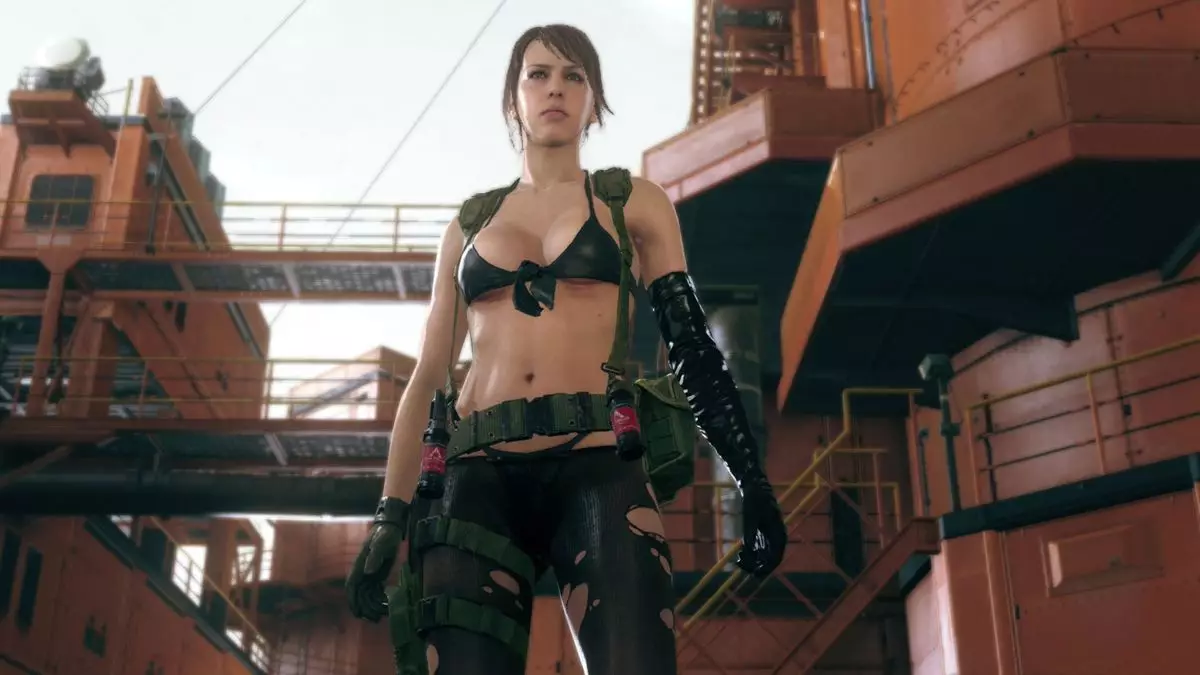The Metal Gear Solid series has left an indelible mark on the video game industry, largely due to its compelling character designs—a hallmark that traces back to the vision of director Hideo Kojima. Through his unique lens, Kojima has not only crafted a narrative-rich world but also populated it with characters that resonate with emotional depth. In a retrospective look on their collaboration, Kojima and designer Yoji Shinkawa revealed an insightful discussion about their methods and challenges that shaped some of the franchise’s most recognizable figures.
In a revealing interview from 1998, Kojima explained to The PlayStation magazine that he was adamant about creating “hardboiled” characters that could genuinely inhabit the serious themes of the story. His emphasis was clear: he wanted characters not just to look visually appealing but to serve a purpose that aligned with the narrative’s tone. This is a critical distinction that elevates character design from mere aesthetics to an integral facet of storytelling. Kojima candidly expressed his distaste for what he termed “dishonest” designs, which often prioritize shock value or sensationalism over authenticity.
His stringent criteria posed challenges for Shinkawa, who struggled in the early stages of Snake’s design. Kojima recalled how the first iteration brought to mind unexpected references, likening Snake to “Captain Future” while sporting an orange color scheme—a far cry from the gritty narrative they wanted to convey. This anecdote serves as a reminder of the collaborative efforts behind creating characters that audiences can relate to and understand.
A significant pivot in Kojima’s design philosophy can be seen in the character of Quiet from Metal Gear Solid V. While she was celebrated for her striking aesthetics, her design drew criticism for being overtly sexualized, raising questions about the balance between empowerment and objectification in character representation. Nevertheless, it’s hard to deny that Quiet became a recognizable figure within the franchise, showcasing the complexities inherent in character design and its reception by audiences.
As Kojima exits Konami, the future of character design in the Metal Gear Solid series remains uncertain. There is a palpable curiosity about whether the next molds of characters will echo Kojima’s foundational principles or veer towards new directions. Will the franchise continue to uphold the balance of depth and relatability that Kojima championed, or will it succumb to trends that prioritize visual spectacle over narrative significance?
The character designs in Metal Gear Solid reveal much about the philosophy that underpins successful storytelling in video games. Kojima’s insistence on authenticity invites future developers to consider character design as a vital element of narrative cohesion. As fans look ahead to new entries in the series, they carry with them the rich legacy established by Kojima and Shinkawa—one that emphasizes that characters should not merely exist within a story but rather shape and be shaped by the experiences they undergo. The challenge for future creators lies in navigating these design philosophies while pushing boundaries, ensuring that the heart of Metal Gear Solid continues to beat profoundly in its characters.

